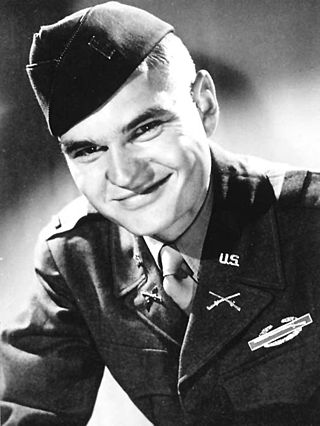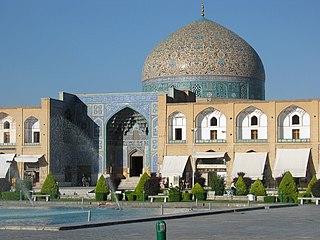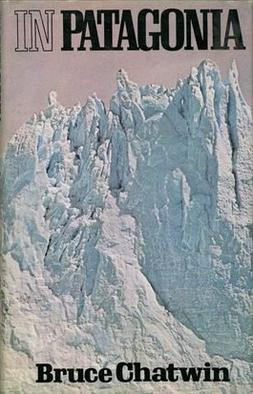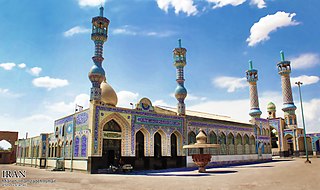
The Amu Darya, also called the Amu, the Amo, and historically the Oxus, is a major river in Central Asia and Afghanistan. Rising in the Pamir Mountains, north of the Hindu Kush, the Amu Darya is formed by the confluence of the Vakhsh and Panj rivers, in the Tigrovaya Balka Nature Reserve on the border between Afghanistan and Tajikistan, and flows from there north-westwards into the southern remnants of the Aral Sea. In its upper course, the river forms part of Afghanistan's northern border with Tajikistan, Uzbekistan, and Turkmenistan. In ancient history, the river was regarded as the boundary of Greater Iran with Turan, which roughly corresponded to present-day Central Asia. The Amu Darya has a flow of about 70 cubic kilometres per year on average.

Khyber Pakhtunkhwa, formerly known as North West Frontier Province (NWFP), is a province of Pakistan. Located in the northwestern region of the country, Khyber Pakhtunkhwa is the fourth largest province of Pakistan by land area and the third-largest province by population. It is bordered by the Pakistani provinces of Balochistan to the south, Punjab to the south-east, the territory of Gilgit-Baltistan to the north and north-east, Islamabad Capital Territory to the east and Azad Kashmir to the north-east. It shares an international border with Afghanistan to the west. Khyber Pakhtunkhwa has a varied landscape ranging from rugged mountain ranges, valleys, plains surrounded by hills, undulating submontane areas and dense agricultural farms.

Peshawar is the sixth most populous city of Pakistan, with a population of over 4.7 million in the 2023 census. It is the capital of the province of Khyber Pakhtunkhwa, where it is the largest city. It is situated in the north-west of the country, lying in the Valley of Peshawar. Peshawar is primarily populated by Pashtuns, who comprise the second-largest ethnic group in the country.

The Grand Tour was the principally 17th- to early 19th-century custom of a traditional trip through Europe, with Italy as a key destination, undertaken by upper-class young European men of sufficient means and rank when they had come of age. The custom—which flourished from about 1660 until the advent of large-scale rail transport in the 1840s and was associated with a standard itinerary—served as an educational rite of passage. Though it was primarily associated with the British nobility and wealthy landed gentry, similar trips were made by wealthy young men of other Protestant Northern European nations, and, from the second half of the 18th century, by some South and North Americans.

Paul Fussell Jr. was an American cultural and literary historian, author and university professor. His writings cover a variety of topics, from scholarly works on eighteenth-century English literature to commentary on America's class system. Fussell served in the 103rd Infantry Division during World War II and was wounded in fighting in France. Returning to the US, Fussell wrote extensively and held several faculty positions, most prominently at Rutgers University (1955–1983) and at the University of Pennsylvania (1983–1994). He is best known for his writings about World War I and II, which explore what he felt was the gap between the romantic myth and reality of war; he made a "career out of refusing to disguise it or elevate it".

Robert Byron was an English travel writer, best known for his travelogue The Road to Oxiana. He was also an art critic and historian.

Colin Gerald Dryden Thubron, FRAS is a British travel writer and novelist. In 2008, The Times ranked him among the 50 greatest postwar British writers. He is a contributor to The New York Review of Books, The Times, The Times Literary Supplement and The New York Times. His books have been translated into more than twenty languages. Thubron was appointed a CBE in the 2007 New Year Honours. He is a Fellow and, between 2009 and 2017, was President of the Royal Society of Literature.

Sheikh Lotfollah Mosque is one of the masterpieces of Iranian architecture that was built during the Safavid Empire, standing on the eastern side of Naqsh-i Jahan Square, Esfahan, Iran. Construction of the mosque started in 1603 and was finished in 1619. It was built by the chief architect Mohammadreza Isfahani, during the reign of Shah Abbas I of Persia. On the advice of Arthur Upham Pope, Reza Shah Pahlavi had the mosque rebuilt and repaired in the 1920s.
Abdur Rahmān Momand or Rahmān Bābā, was a renowned Pashtun Sufi Saint, member of Sufi Dervish and poet from Peshawar during the Mughal era. He, along with his contemporary Khushal Khan Khattak, is considered to be one of the most popular poets of the Pashto language. His poetry expresses the mystical side of Islam, in line with his Sufi-oriented nature.

In Patagonia is an English travel book by Bruce Chatwin, published in 1977, about Patagonia, the southern part of South America.

The Pashto media includes Pashto literature, Pashto-language newspapers, magazines, television and radio stations, as well as Pashto films and Pashto internet. Pashto media involves the Pashtuns of Pakistan, Afghanistan and the Pashtun diaspora around the world.

Villa Foscari is a patrician villa in Mira, near Venice, northern Italy, designed by the Italian Renaissance architect Andrea Palladio. It is also known as La Malcontenta, a nickname which—according to a legend—it received when the spouse of one of the Foscaris was locked up in the house because she allegedly did not live up to her conjugal duty.
Pirpiai is a town in the District of Nowshera in Khyber-Pakhtunkhwa, Pakistan. Its population is around 35,000. Pirpiai has a high literacy rate of 92%, compared with Pakistan's average literacy rate of 55%. The village is on GT Road, 8 km from Nowshera Cantonment towards Peshawar. Most of the villagers are working-folk, adding to the work-pool through government service, and self-employment. Substantial number of people from the village are working abroad and adding to national exchequer. The village is rich in producing educated and professional class like engineers, doctors, officers of armed forces, civil servants, professors and so on.

Mianeh, also Romanized as Meyāneh, Miane, Miyāna, Meyaneh, Miyāneh, and Miyānah, is a city in the Central District of Mianeh County, East Azerbaijan province, Iran, serving as capital of both the county and the district. It is the fourth most populous city in East Azerbaijan province.
Oxiana is the region surrounding the Amu Darya River which flows along Afghanistan's northern border separating it from Tajikistan and Uzbekistan before turning northwest into Turkmenistan to the Aral Sea. In ancient times, the river was known as the Oxus in Greek. The area was known to the Greeks as Bactria from the name of its capital and central city of Bactra.
Christopher Hugh Sykes was an English writer. Born into the northern English landowning Sykes family of Sledmere, he was the second son of the diplomat Sir Mark Sykes (1879–1919), and his wife, Edith. His sister was Angela Sykes, the sculptor. His politician uncle, also Christopher Sykes, was, for a time, a close friend of Edward VII.
Abdur Rahman Peshawari, also known as Abdurrahman Bey, was a Turkish soldier, journalist and diplomat who was born in Peshawar in British India.

The Musalla complex, also known as the Musallah Complex or the Musalla of Gawhar Shah, is a former Islamic religious complex located in Herat, Afghanistan, containing examples of Timurid architecture. Much of the 15th-century complex is in ruins today, and the buildings that still stand are in need of restoration. The complex ruins consist of the five Musallah Minarets of Herat, the Mir Ali Sher Navai mausoleum, the Gawhar Shad Mausoleum, and the ruins of a large mosque and a madrasa complex.
In the Footsteps of Marco Polo is a 2008 PBS documentary film detailing Denis Belliveau and Francis O'Donnell's 1993 retracing of Marco Polo's journey from Venice to Anatolia, Persia, India and China. The movie documents the first quest "to visit and document every region Marco Polo claimed to have traveled" using only land and sea methods of transportation. Mike Hale of The New York Times writes that the documentary includes how Belliveau and O'Donnell "encountered Mongol horsemen and hostile Chinese security officers and survived a firefight between Afghan factions. In the spirit of Polo's journey -- and to prove a point regarding the authenticity of his account -- they disdained airplanes, traveling by foot, on horses and camels and by jeep, boat and train." A text by the same name as the video, In the Footsteps of Marco Polo, written by Belliveau and O'Donnell, and published by Rowman & Littlefield, serves as a companion to the documentary film. In the Footsteps of Marco Polo has been used by Belliveau to create a unique interdisciplinary educational curriculum that he presents at schools and libraries across the United States and internationally.













